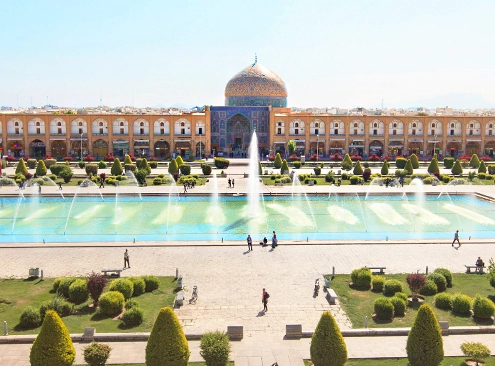
Isfahan Grand Bazaar: Photos, History, Opening Hours
/
0 Comments
Isfahan, the most picturesque city of Iran, also known as “Half…

Top 7 Mosques in Uzbekistan You Need to Visit
Uzbekistan is a beautiful country in Central Asia with a rich…
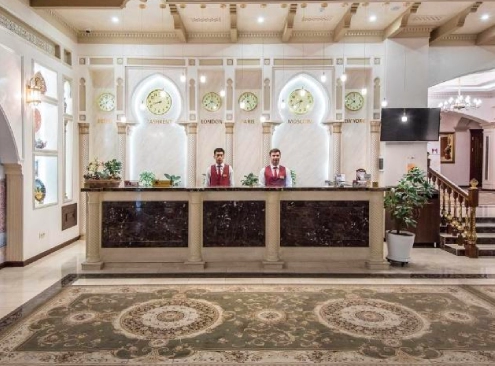
The Royal Mezbon Hotel and SPA in Tashkent, Uzbekistan
The concern of many travelers, regardless of the destination…
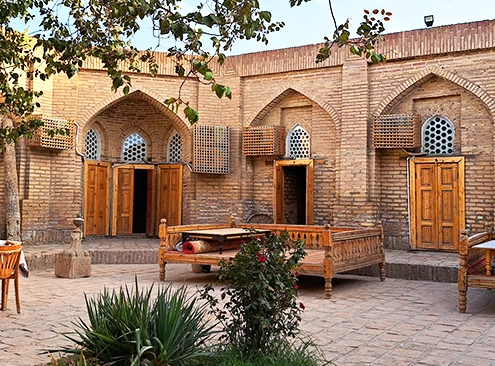
Silk Road Caravan Sarai, Khiva, Uzbekistan: Photos, info
Traveling to new places with your family and friends or even…

Minor Mosque, Tashkent, Uzbekistan: Photos, History
Uzbekistan is known for having the oldest and most beautiful…
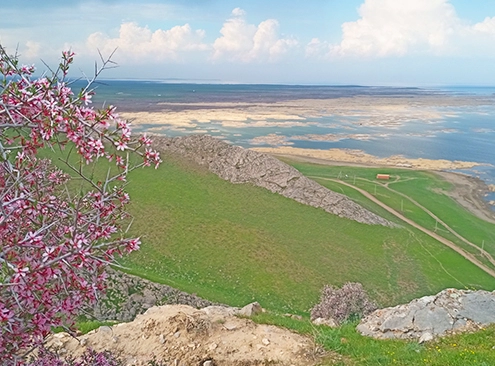
Aydar Lake, Uzbekistan (Photos, Location, & More)
Aydar Lake is a massive artificial body of water. This lake is…
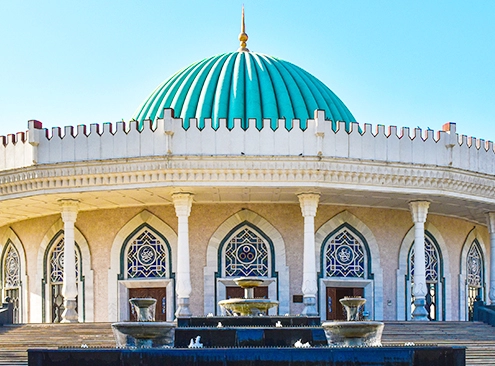
Amir Timur Museum, Tashkent (Photos, History, Info)
If you're a history buff or simply fascinated by the stories…
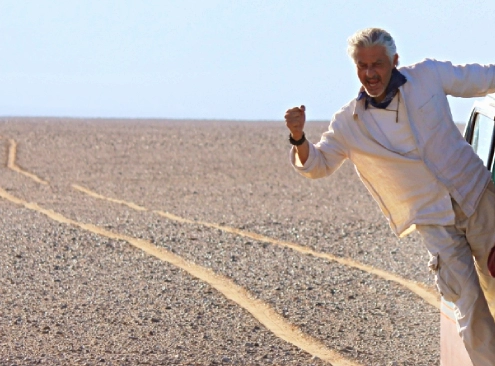
Top 10 Movies About Iran Cities You Have to Watch
Iran is full of beautiful cities and locations where you can…
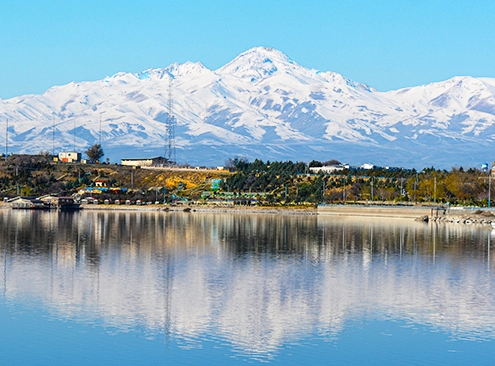
Top 10 Things to Do in Ardabil + Photos
Ardabil is a beautiful city located in the stunning northwestern…

Nose Job or Rhinoplasty in Iran; All You Need to Know
Rhinoplasty, or nose reshaping surgery, has become a sought-after…
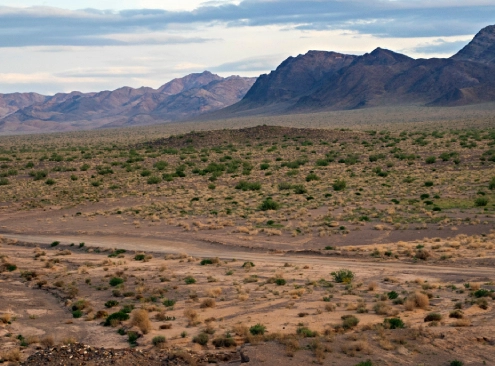
Iran Desert Animals: List, Info, Photos
Iran is a beautiful country situated in Asia. It is one of the…
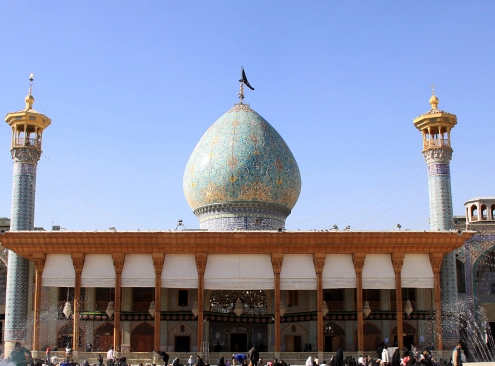
Shah Cheragh Shrine in Shiraz, Iran (History, Photos)
A sacred landmark long recognized by faithful Muslims has been…

Alam Kuh (Weather, Elevation, Photos, Difficulty, How to Get)
Alam Kuh, known as the "Diamond of the Alborz" mountain range,…

Yazd Tower of Silence (Photos, History, Facts, timing)
Within the arid landscapes of Yazd, Iran, stands a testament…
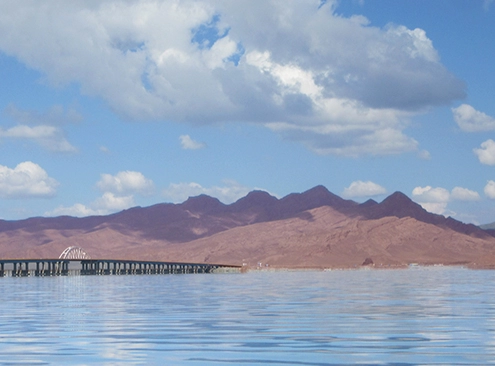
Lake Urmia, Iran (Photos, History, and More)
Lake Urmia, located in Northwestern Iran, has long been celebrated…
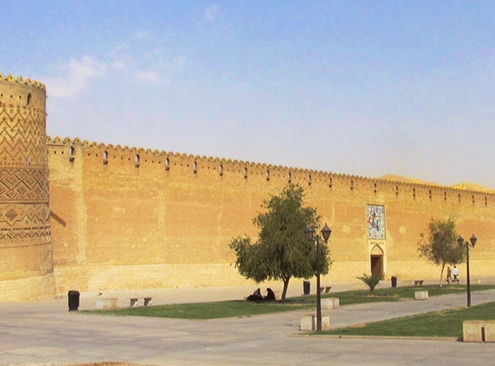
Arg of Karim Khan in Shiraz: Photos, History, Architecture
Looking for a place to spend your vacation and relax while enjoying…

Si O Se Pol Bridge, Isfahan: Photos, Facts, History
Iran is a country of great natural and cultural beauty, with…
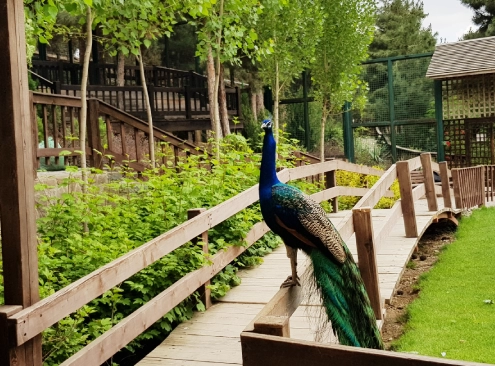
Tehran Birds Garden (Photos, Reviews, Price & Tickets)
The Tehran Birds Garden is a significant and popular attraction…


